
A day dedicated to raising awareness about the benefits and application of HPWH technologies.

MacGowens recognized with 40 Under 40 award for her extraordinary contributions to the HVACR industry
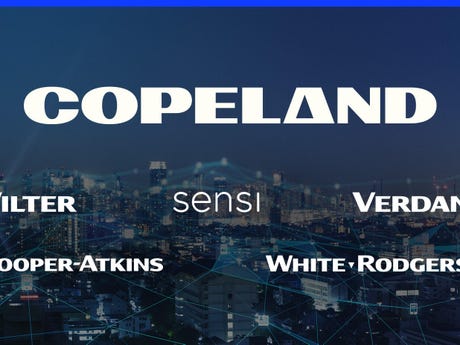
As a milestone in our journey as a company, Copeland is excited to unveil a more unified portfolio.
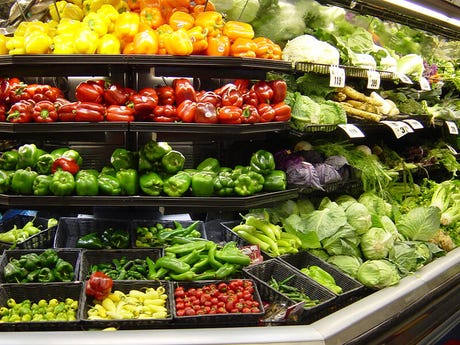
Leveraging refrigeration performance data drives food retail cost reductions.

New York continues its climate policies in the face of federal deregulation.
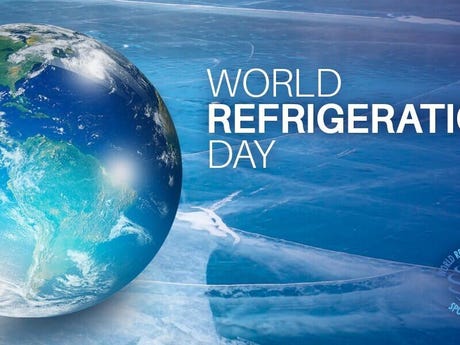
Discover why HVACR matters this World Refrigeration Day.
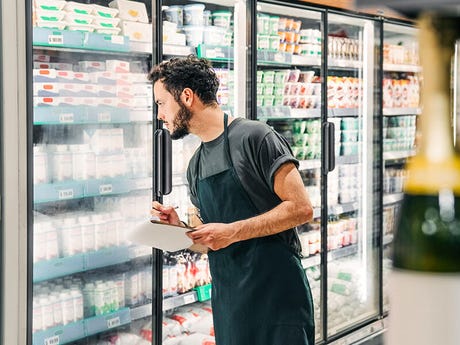
A new refrigerant category, the A2L “lower flammability” classification comes with considerations.
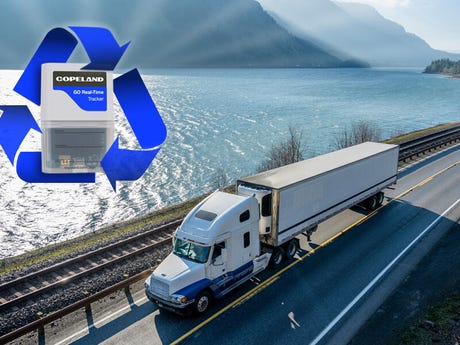
Copeland Is Your Partner for a Greener Supply Chain
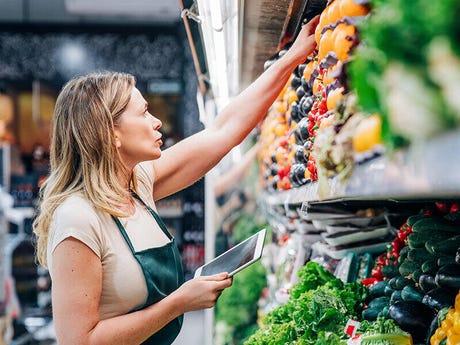
Preparing for the approval and safe use of A2Ls in commercial refrigeration applications
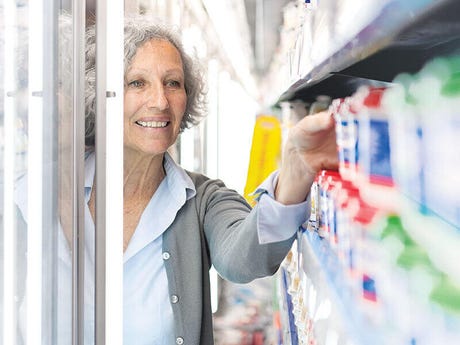
Preparing for the approval and safe use of A2Ls in commercial refrigeration applications
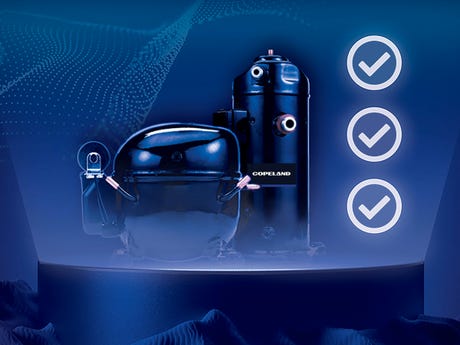
Strategies for complying with DOE and ENERGY STAR® in self-contained and remote condensing units
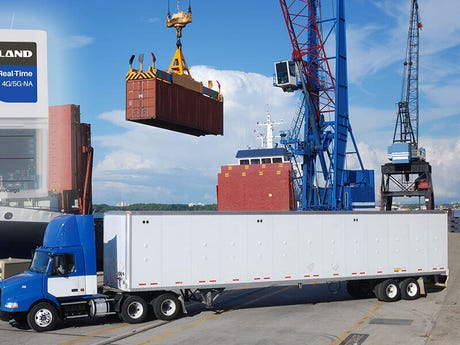
We’re excited to announce the release of Copeland’s newest real-time tracker, the GO Real-Time 4G/5G-NA.
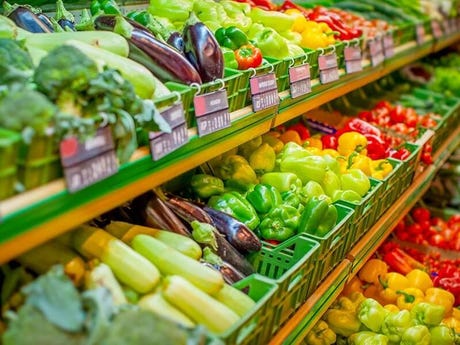
Temperature management best practices for maximizing perishable food quality and safety
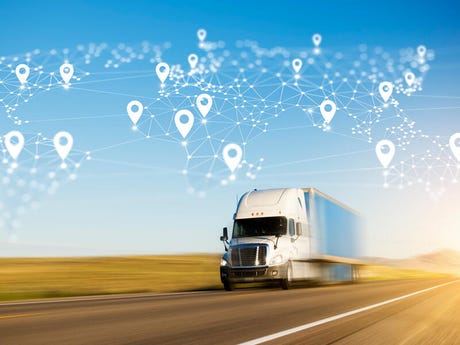
The over-the-road (OTR) transport industry is experiencing a surge in cargo thefts.
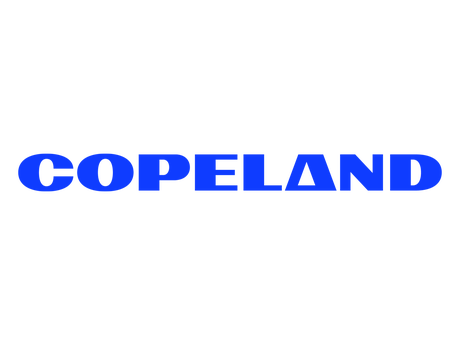
The food and beverage industry faces increasing pressure to reduce scope 1, 2 and 3 emissions.

The transition to lower-global warming potential (GWP) refrigerants hit a new milestone.

Strong Sustainability Tailwinds Drive CO2 Growth in the Industrial Sector
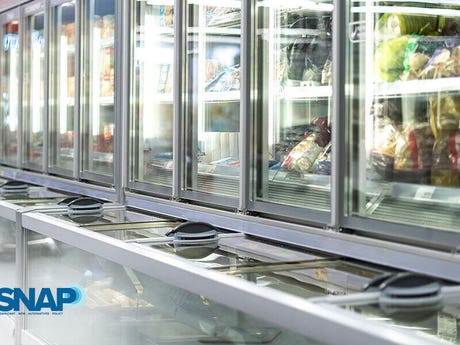
The EPA pre-published its Significant New Alternatives Policy (SNAP) Rule 26.

The transition to the next generation of refrigerants creates important considerations.

Significant research and development (R&D) are underway to address these converging challenges.

The next generation of refrigeration equipment will be more diverse, with no one-size-fits-all solution.
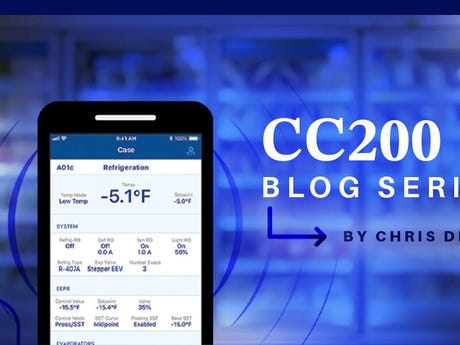
Discover the CC200: modular case control for superheat, EEPR valve and CO2 system management.

Effective troubleshooting is a fundamental skillset for service technicians.

See how CC200 case control supports techs, low-GWP goals and energy-efficient refrigeration.
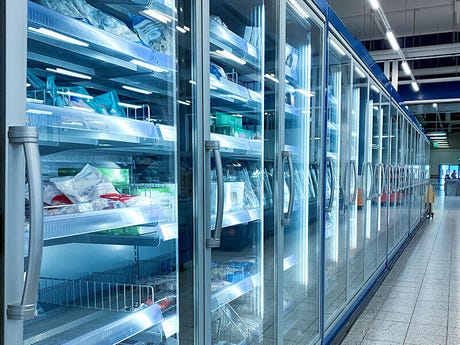
Discover 5 ways connected tech simplifies chain store ops, labor and enterprise management.

Reviewing DOE’s proposed energy standards for ice machines amid evolving regulations.

Explore how A2L refrigerants impact system design, safety standards and technician practices.

Retailers are exploring CO₂, A2Ls, and R-290 to meet regulations and reduce emissions.

Cold chain tips for global shipping: QA, temperature control and cross-border best practices.
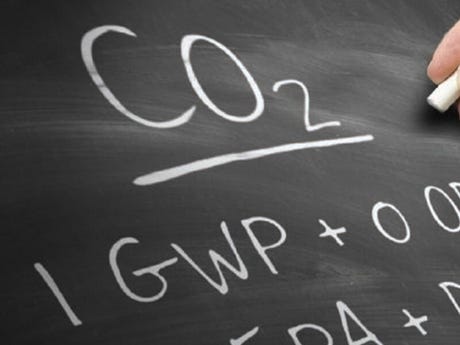
Explore the natural origins and key properties of R-744 (CO2) as a refrigerant.
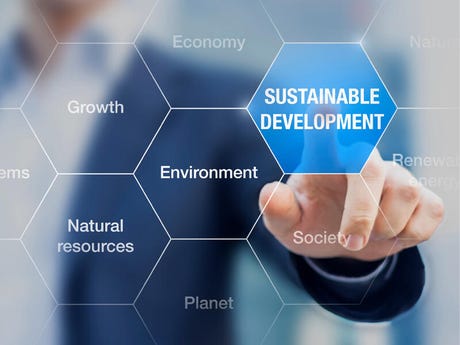
Weigh the pros and cons of R-744 as a refrigerant—performance, safety, cost & environmental impact.
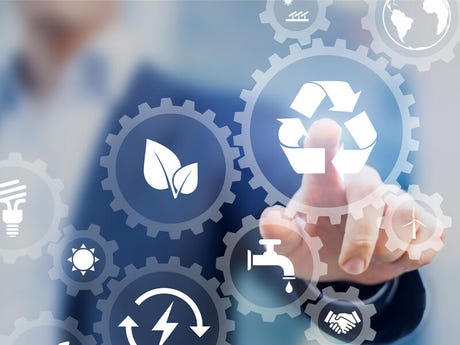
See how R-744 measures up on safety, cost, and sustainability in refrigerant selection criteria.

Explore single-stage CO2 systems and how transcritical cycles manage heat in retail cooling.
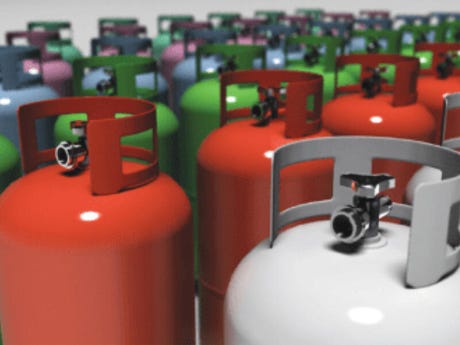
Compare CO2 system types, booster, cascade or secondary, for performance in different climates.
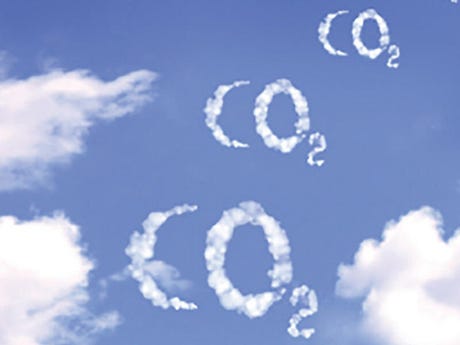
Intro to CO2 cascade systems: how low-stage cooling supports retail refrigeration efficiency.

Learn how CO2 booster systems use 2-stage compression to handle high temps in retail cooling.

See how CO2 (R744) stacks up on safety, cost and sustainability in refrigerant selection.

Intro to R-744 systems: compare transcritical, cascade & secondary CO2 options for refrigeration.
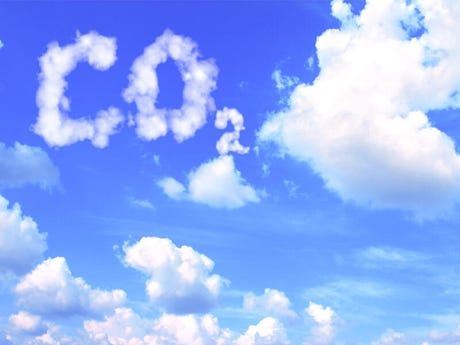
Review 5 key hazards of working with R-744 CO2 systems and how to manage them safely.
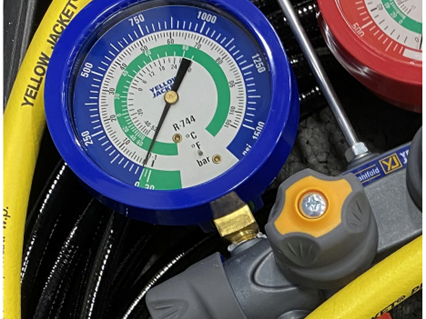
Learn how CO2 booster systems handle transcritical operation in modern refrigeration setups.

Compare R-744 with current and emerging refrigerants on performance, safety, and sustainability.

Top tips to secure and monitor cross-border cold chain shipments of perishable goods.

Techs: Learn how to service next-gen low-GWP refrigerants while applying core best practices.

CC200 display simplifies case control with touchscreen navigation and system data.

See 5 key factors that impact total cost of ownership in your refrigerant transition strategy.
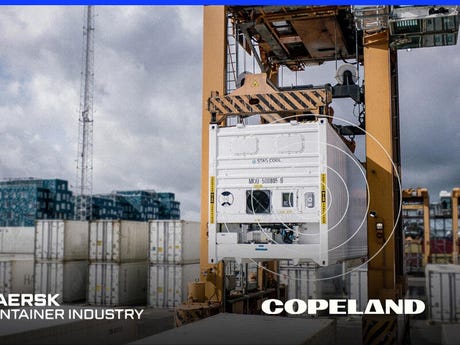
Copeland partners with MCI to boost cold chain visibility with REFCON 6 BLE in reefer containers.

Understand the EPA’s final rule on HFC phasedown and what it means for new refrigeration equipment.

Study shows which CO2 system strategies boost efficiency across 13 North and Latin American zones.

CC200 controls case lighting, valves & temps: CO2-ready and A2L support coming soon.

Discover 6 ways to cut food waste by improving how perishables are tracked through the supply chain.
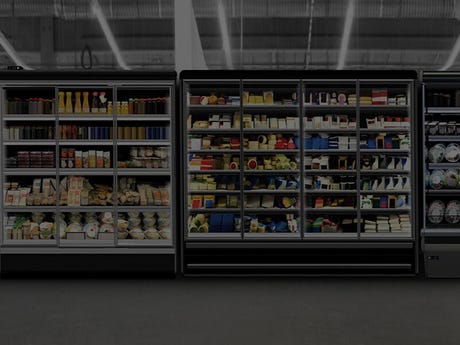
Boost retail sustainability and cut costs with smart building automation strategies.

Copeland’s Solutions Team drives innovation to solve today’s toughest tech challenges.

Learn how to protect high-value shipments and drivers in regions with elevated cargo theft risk.

Real-time tracking keeps U.S.-bound mango shipments safe, fresh, and secure in transit.

See how retailers can calculate emissions and meet CARB’s GWP targets in California.

Explore how FOB vs. LTL impacts cold chain efficiency, product quality, and delivery outcomes.

Copeland simplifies CO2 adoption with integrated compression and control solutions for retailers.

Copeland earns national recognition for tech that’s transforming food logistics and cold chain safety.
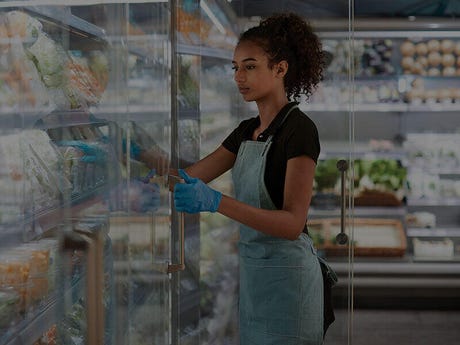
Variable-speed compression cuts energy, improves control, soft-starts and extends HVACR system life.
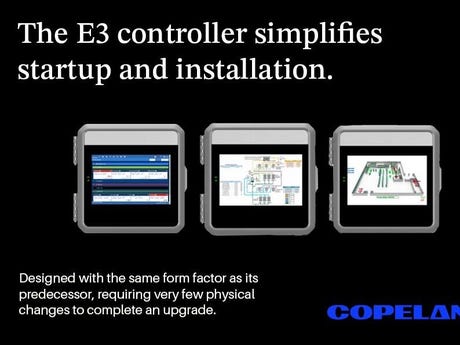
Upgrading to the E3 controller offers key technician benefits. Here are seven worth knowing.
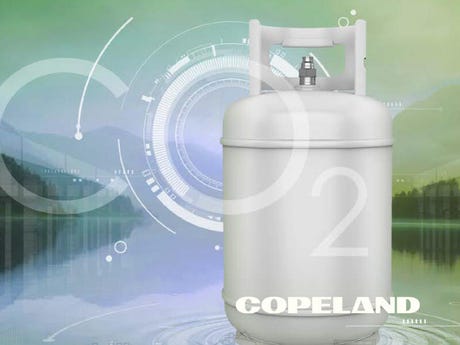
Adoption of CO2 refrigeration technologies is on the rise in U.S. food retail markets.
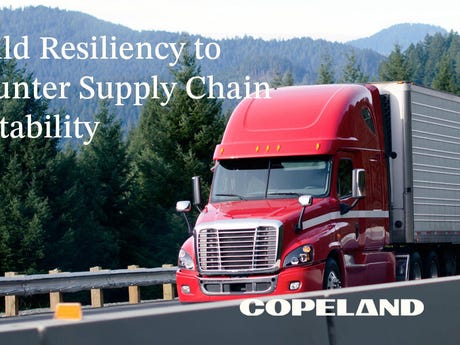
Global events have shown the importance of building resilient, adaptable supply chain strategies.
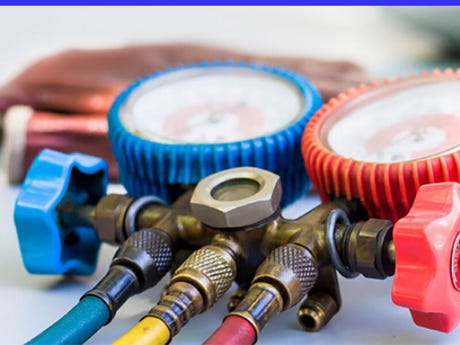
Copeland is qualifying key compressors to support safe, efficient use of A2L refrigerants.

Cloud-based technologies are helping operators unlock new levels of visibility and performance.
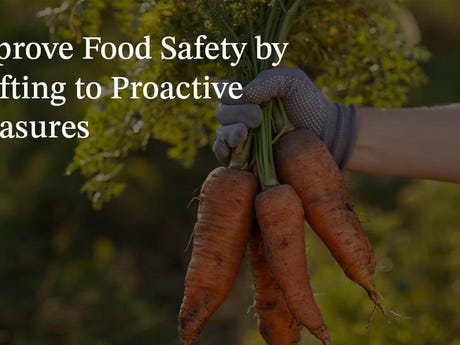
Retailers are moving from reactive to proactive food safety strategies to reduce costly risks.

Understanding A2L properties is key to selecting safe, efficient components for HVACR systems.
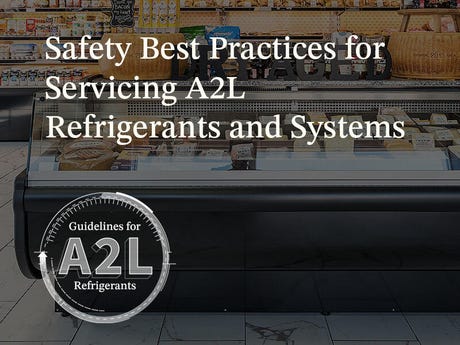
Technicians must follow safety protocols and training when working with mildly flammable A2Ls.
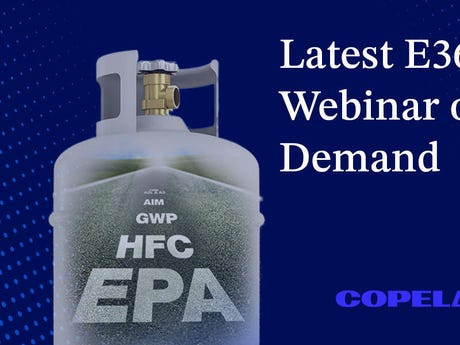
New rules are accelerating the shift to low-GWP refrigerants across global HVACR markets.
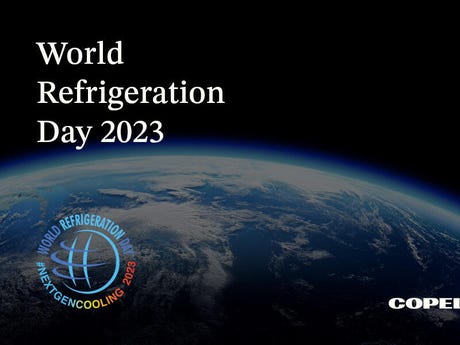
Sustainable cooling technologies are driving progress as global demand and climate goals evolve.
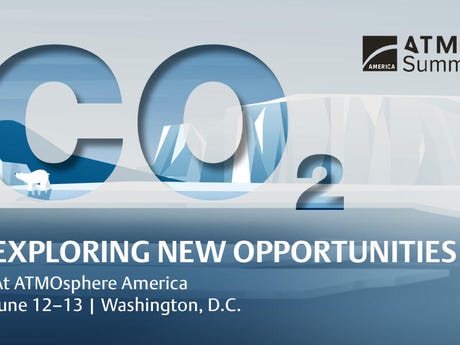
Industry leaders shared how CO₂ is evolving as a mainstream refrigerant across North America.
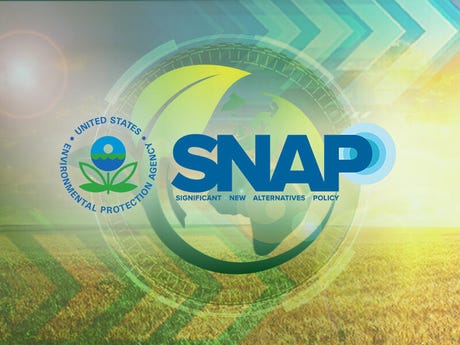
New proposals could accelerate A2L adoption and expand propane use in U.S. commercial systems.
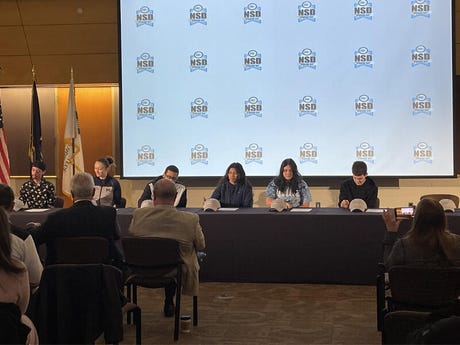
Education and certification programs are opening doors for future HVACR techs across the U.S.



